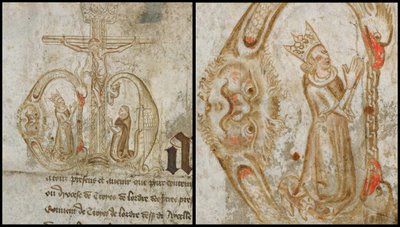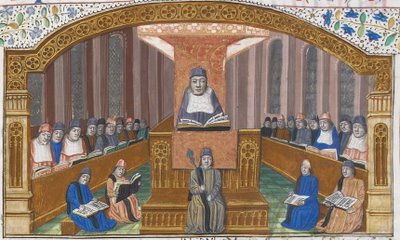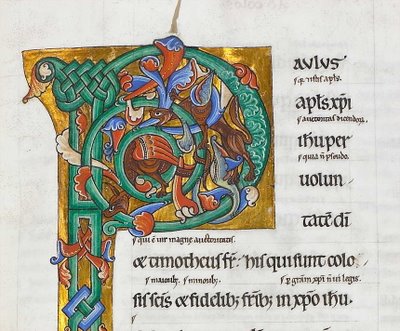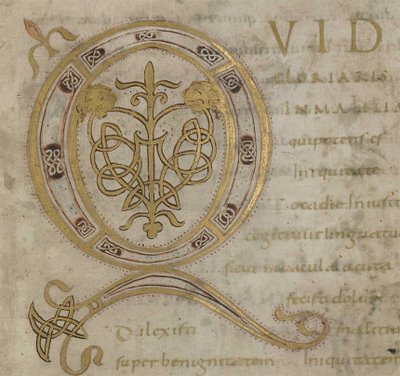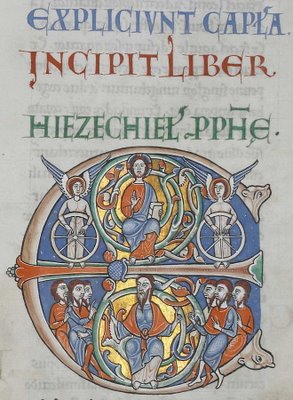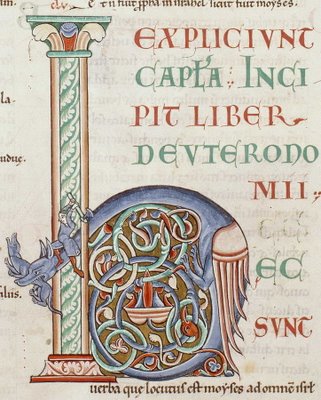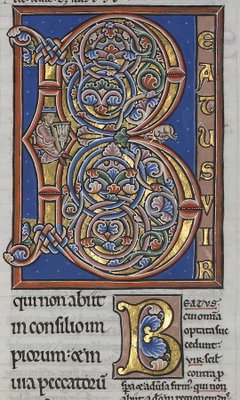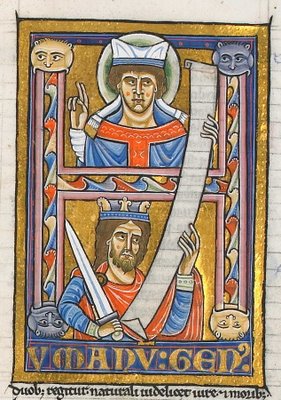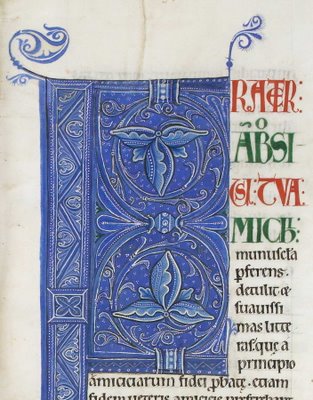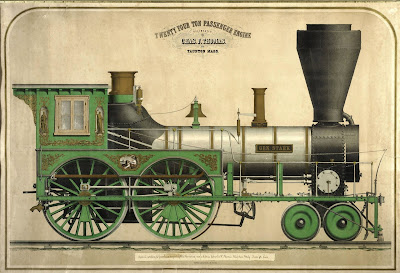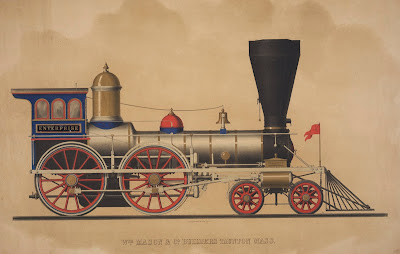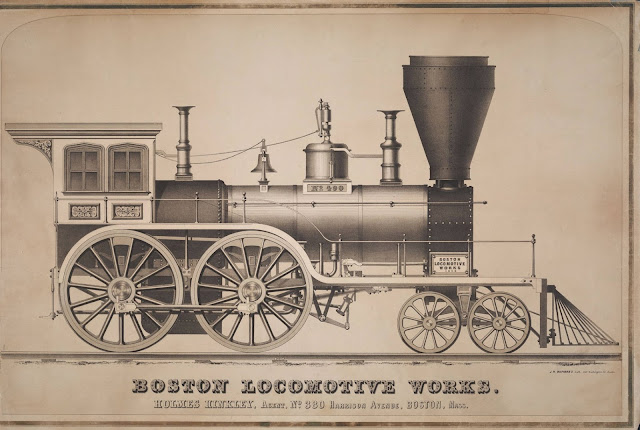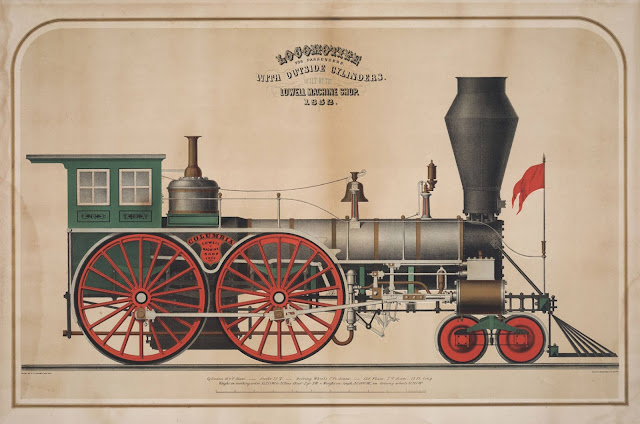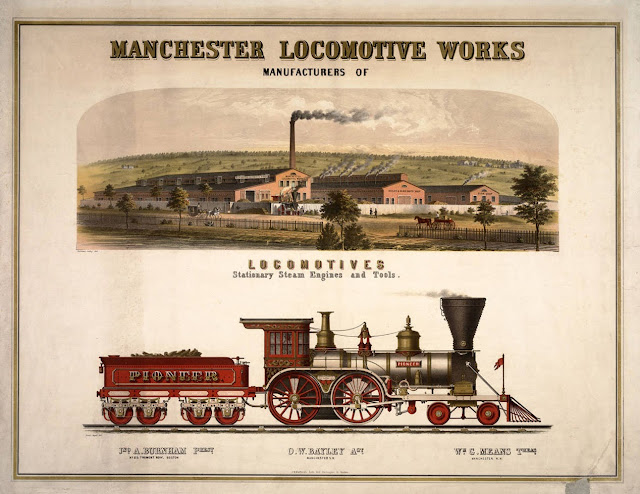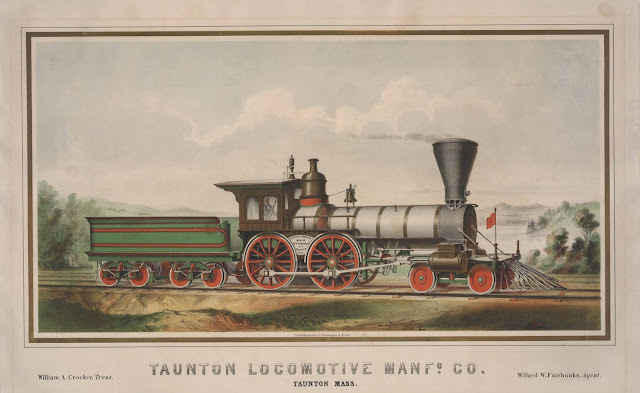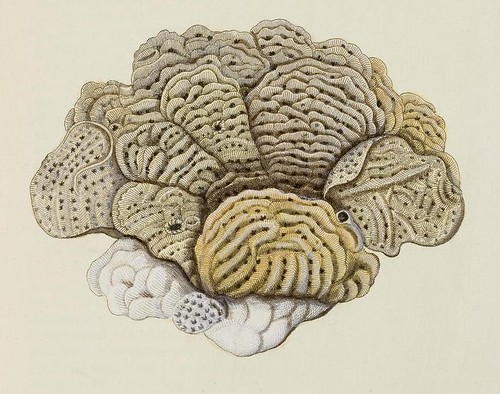
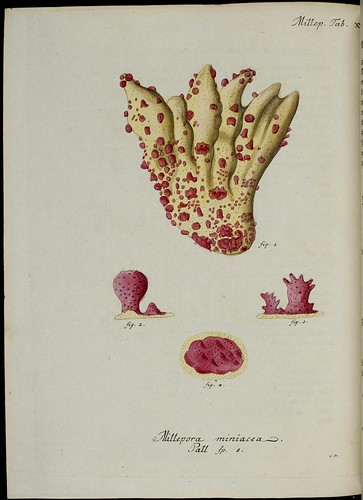
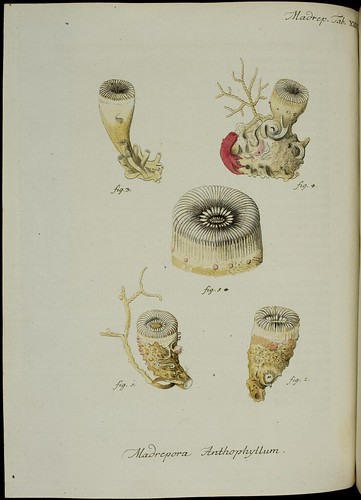


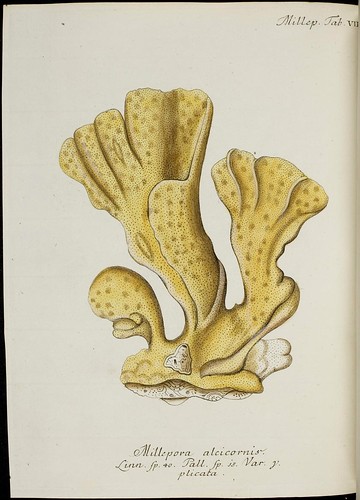
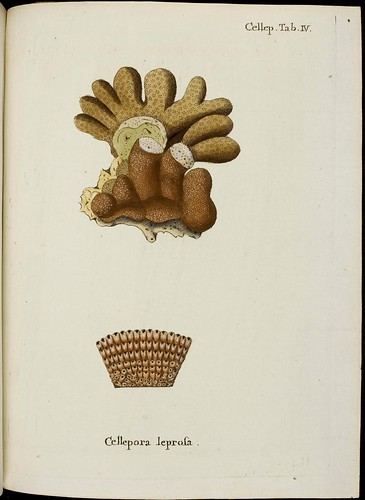

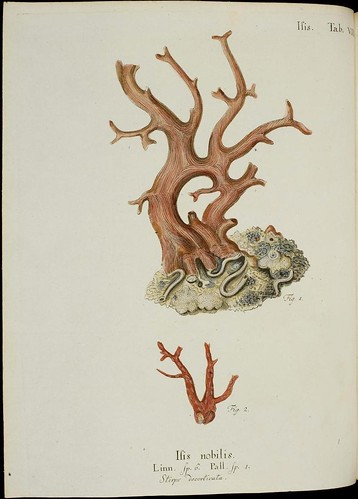
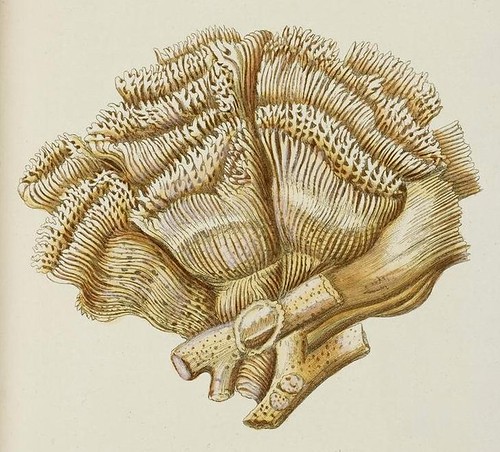
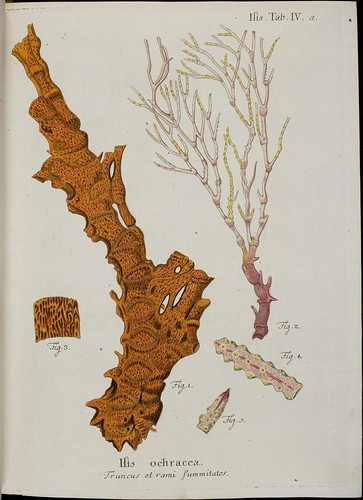

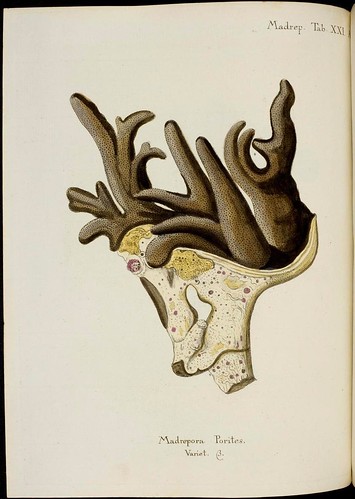

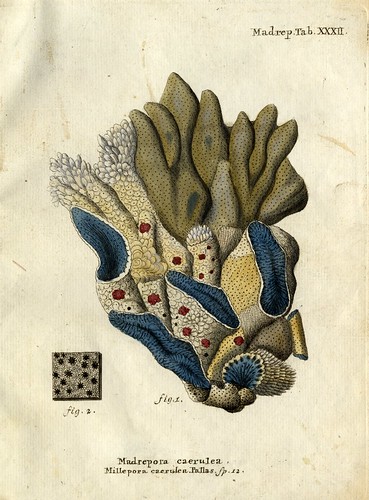
Zoologist, lepidopterist and naturalist, Eugenius JC Esper (1742-1810), inherited his father's love of natural history which he pursued as a sideline to his lectureship duties in science at the University of Erlangen in Germany.
He would rise to head the Department of Natural History in Erlangen while expanding their zoological collections substantially (his butterfly collection still exists). He also published a number of copiously illustrated monograph collections relating to seaweeds, butterflies, coral, birds, insects as well as mineralology and general natural history.
The present work is entitled 'Die Pflanzenthiere in Abbildungen nach der Natur mit Farben erleuchtet nebst Beschreibungen' (something like: Natural animal-plants in colour with enlightened commentary) that was first published in ~1791. I get the feeling there were a number of editions or it appeared in excerpts and was subsequently republished as a collection with a variable number of illustrations.
The majority of the images above were sourced from the new natural history collection at the University of Heidelberg. (I've had that bookmarked for months waiting for it to be populated and it looks like almost all the authors have appeared on BibliOdyssey previously). Click on anything below 'Inhalt' at the 'Die Pflanzenthiere..' webpage and then click 'vorschau' to load all the thumbnail pages.
- Or, better still, see the Humboldt University Edoc server version of 'Die Pflanzenthiere..' here (that I only just discovered which has - to my mind - better quality illustrations : last image above)
- Wikipedia on Eugenius Esper.
- Panteek have/had a copy of 'Die Pflanzenthiere..' for sale for ~$38,000.
- 'Icones fucorum' (seaweed) at Googlebooks.
- 'Die ausländischen Schmetterlinge..' (butterflies) at the Internet Archive.
- On coral (Phylum Cnidaria, Class Anthozoa): Wikipedia --- Berkeley U & Tree of Life on Anthozoa.
